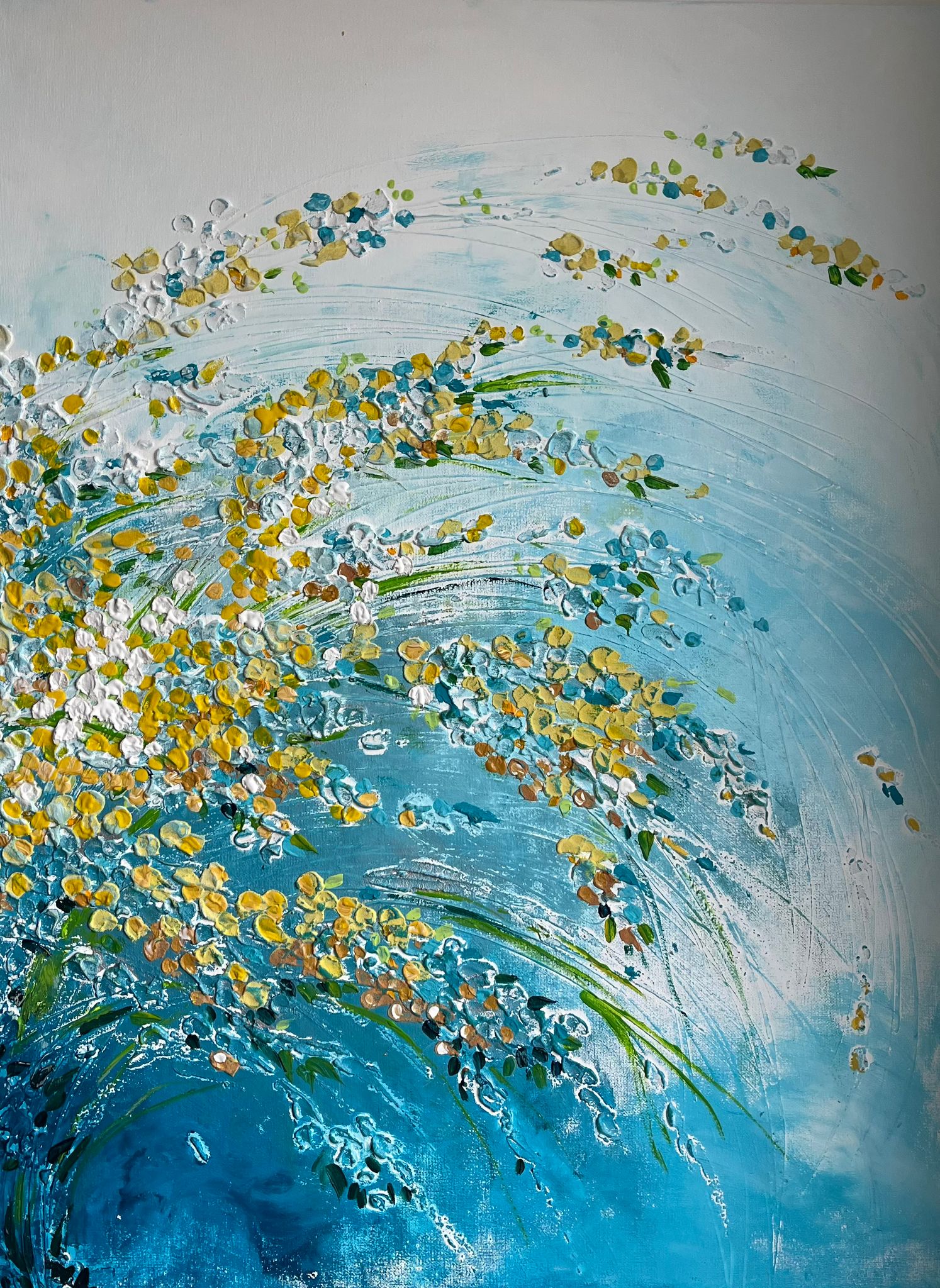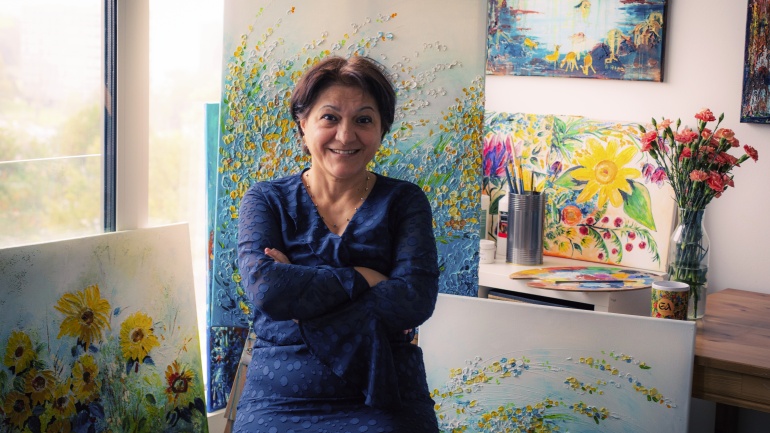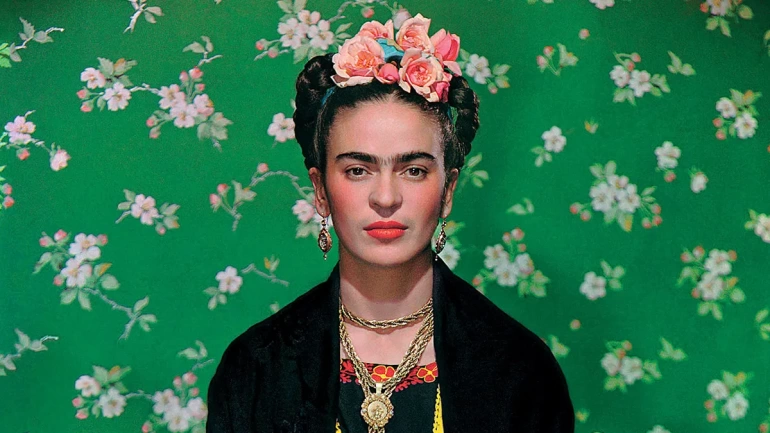Art has long been seen as a form of therapy, offering an outlet for emotions, stress relief, and a sense of personal expression. Engaging in art, whether through painting, drawing, or simply observing, can help us process complex emotions and connect more deeply with our inner selves. This therapeutic effect is not just about creating something visually pleasing; it’s about creating a space for reflection and healing. Art allows us to access thoughts and feelings that might be difficult to express in words, offering a powerful tool for mental wellness.
Color plays a significant role in the therapeutic impact of art. Different colors can evoke distinct emotional responses and even alter our mood. For instance, warm colors like red, orange, and yellow tend to energize and stimulate feelings of warmth and happiness. On the other hand, cool colors like blue, green, and purple often bring a sense of calm and relaxation. Many art therapists incorporate color theory into their practices, using specific colors to help clients experience and explore various emotional states. By choosing colors intentionally, we can influence our mental landscape, creating an atmosphere that supports relaxation or, conversely, inspiration and motivation.
The effects of color and art therapy go beyond personal well-being and into spaces we inhabit. Hospitals, therapy centers, and even workplaces have embraced the use of color and artwork to improve moods, reduce stress, and enhance focus. Many studies indicate that vibrant and thoughtfully chosen artwork in communal spaces can help reduce anxiety and make environments feel more welcoming. Whether it’s the blue tones that evoke peace or the greens that bring a refreshing, nature-like ambiance, the color and creativity in art provide a sense of connection and emotional support. By understanding and embracing the therapeutic power of color, we can create spaces and experiences that nurture both the mind and the soul.



